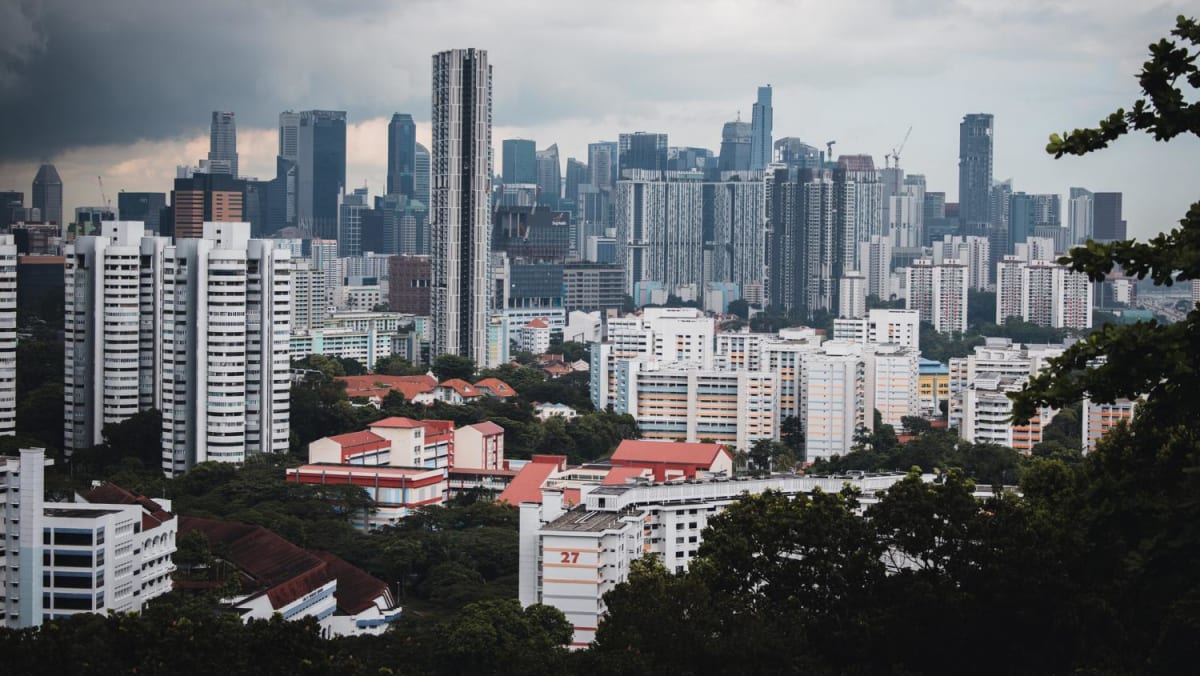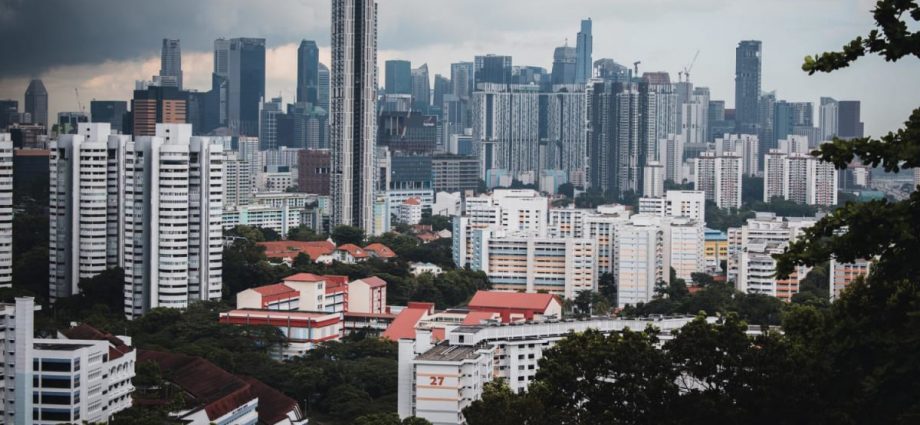
But with rents having already risen substantially over the past year, tenants are now unwilling to pay more, Ms Sun said.
Some have moved to cheaper locations such as suburban areas or selected more affordable housing options like HDB flats instead of accepting higher rents.
“This could be why rents rose the most in the Outside of Central Region last month,” Ms Sun said.
Rents in the Outside Central Region saw the highest increase of 4 per cent month-on-month in February, according to the SRX and 99.co figures. Rents in the Core Central Region rose by 3.6 per cent and by 3 per cent in the Rest of Central Region.
Property agents said that they have seen signs of this. OrangeTee agent Susan Mariam told CNA she has seen six transactions this year where tenants who lived in condominiums moved to HDB flats.
She added that these were usually tenants with rental budgets of about S$2,800 to S$3,000 a month.
While rents for HDB flats have not stayed still, they remain more affordable. HDB rents increased by 1.2 per cent in February and were up 27.7 per cent year-on-year, said the SRX and 99.co report.
ERA’s Mr Lim said that the HDB rental index has been growing at a slower rate since December last year – an indication that rents will hit their peak soon.
Some tenants are also opting to buy their own place, rather than fork out a higher rent.
Mr Steven Chung, 49, has been renting a condo in Kovan for close to six years but has decided to buy a home instead after the rent spiked from S$3,050 to S$5,000.
Mr Chung and his family, who are Singaporean, had owned a smaller condo unit but decided to move out after his second child was born as they needed more space.
They had been leasing out their former home to finance the rental of the bigger unit, but have since sold the unit.
“We want to buy a property now as the new rental is just too high to make financial sense for us, and we are looking for a bigger unit to bring my mum over to live with us,” said the senior executive in the tourism industry.
“RELIEF” LATER IN THE YEAR
The tussle between the forces of demand and supply will lead to moderation but not a softening, according to analysts.
Savill’s executive director of research Alan Cheong said in a report last month that relief is expected to come only from the second half of 2023 when the slowing economy and the fallout in the tech sector start to work their way through the demand side of the rental market.
“On the supply side, about 18,000 new private residential units, most of which are non-landed, are expected to be completed this year. Together they should help to reduce the rental pressure,” he said.
“However, even if rents were to correct, it could be mild and not likely to retrace in any significant manner the rise which has taken place since 2021.”
Huttons’ senior director of research Lee Sze Teck said that the rental market will face “headwinds” in 2023.
“Incremental demand is lower due to companies slowing their hiring plans in view of economic uncertainties,” he said, predicting that private and HDB rents are likely to increase at a slower rate of 10 to 15 per cent in 2023.

